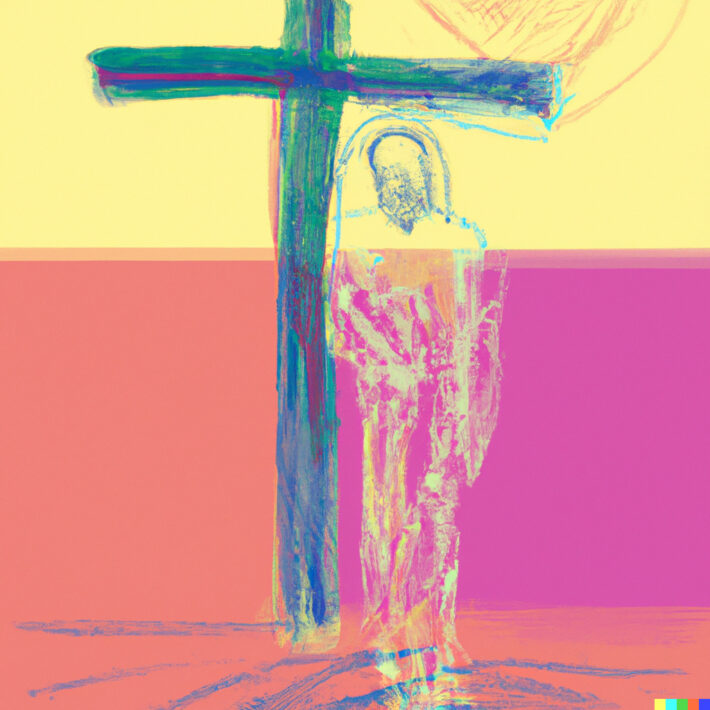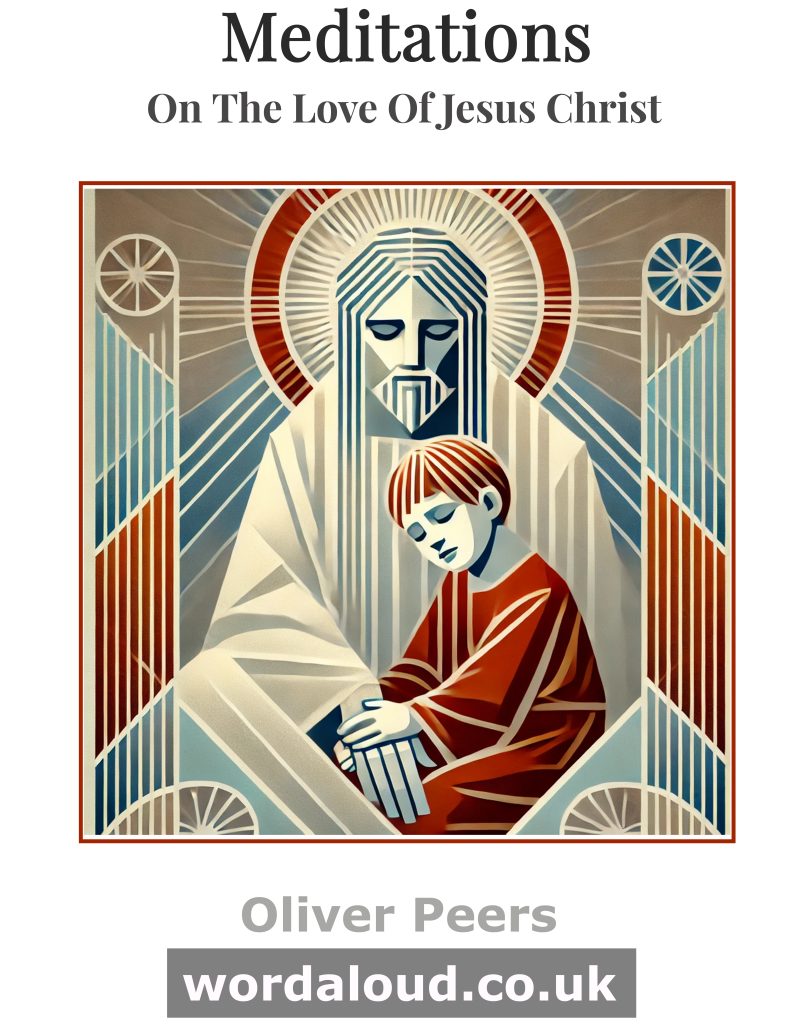Christian Art | Angels In The Bible | Audio King James Bible | KJV | Love Revealed By Jesus Christ
Genesis 16: 7-14 | King James Audio Bible | Powerful Prayer
‘And the angel of the LORD found her by a fountain of water in the wilderness, by the fountain in the way to Shur. And he said, Hagar, Sarai’s maid, whence camest thou? and whither wilt thou go? And she said, I flee from the face of my mistress Sarai. And the angel of the LORD said unto her, Return to thy mistress, and submit thyself under her hands. And the angel of the LORD said unto her, I will multiply thy seed exceedingly, that it shall not be numbered for multitude. And the angel of the LORD said unto her, Behold, thou art with child, and shalt bear a son, and shalt call his name Ishmael; because the LORD hath heard thy affliction. And he will be a wild man; his hand will be against every man, and every man’s hand against him; and he shall dwell in the presence of all his brethren. And she called the name of the LORD that spake unto her, Thou God seest me: for she said, Have I also here looked after him that seeth me? Wherefore the well was called Beerlahairoi; behold, it is between Kadesh and Bered.’ (Genesis 16:7-14, KJV)
Explanation of Context | The Angel With Hagar | Love Revealed By Jesus
Hagar, Sarai’s Egyptian maidservant, faced mistreatment after conceiving a child with Abram (before he was named Abraham) at Sarai’s request. Feeling oppressed, Hagar fled into the wilderness, likely seeking refuge and escape from her difficult circumstances. In her distress, the angel of the LORD found her near a fountain and engaged her in conversation. The angel instructed Hagar to return to Sarai and submit herself under her authority. Then, the angel delivered a message of promise, declaring that she would bear a son named Ishmael, and he would become the father of a great nation.
Reflection – Embracing God’s Plan Amidst Trials | Meditations On The Love Of Jesus Christ
Hagar’s encounter with the angel of the LORD illustrates how God intervenes in the lives of the oppressed and the outcasts. In her moment of desperation, God reached out to her personally, comforting her and providing guidance for her path. Hagar’s response was profound; she acknowledged that God sees her and cares for her well-being. Despite the hardships she faced, Hagar found reassurance in the divine presence, recognizing that God’s plan was at work even in her struggles.
This story reminds us that God is attentive to our struggles, even in our darkest moments. When we feel lost, abandoned, or burdened by life’s challenges, God’s angels are there to guide and support us. Just as the angel instructed Hagar to return to her difficult situation, God sometimes calls us to face our trials courageously, trusting that His plan will unfold in due time.
Powerful Prayer To Jesus | Love Revealed By Jesus Christ | Miracle Prayer For Healing
Dear Jesus,
In times of distress and uncertainty, we come to you seeking guidance and comfort. Just as you sent your angel to Hagar, we trust that your divine presence is with us always, even in the wilderness of our lives.
Grant us the wisdom to embrace your plan, even when it leads us through difficult circumstances. Help us to remember that you see us, know us, and care for us deeply. May we find strength in your assurance, knowing that your love and grace surround us, no matter where we find ourselves.
Just as Hagar found hope in the promise of her son, Ishmael, we look to the promises you have given us, knowing that You are faithful and true. Teach us to submit to your will and walk in obedience, for your ways are perfect, and your plans are for our good.
Thank You, Jesus, for your unfailing love and for sending your angels to watch over us. In every step of our journey, may we find solace in your presence, knowing that you are with us through it all.
In your precious name, we pray.
Amen.
![]()
![]()
![]()
![]()







